Prof Robert Fitch, Dr Thomas Leoni and A/Prof Dush Thalakotuna recently joined the Research Café to discuss how the Deep Sector Engagement (DSE) team they co-lead is building UTS’s Space and Defence strategy.
Deep Sector Engagement: Space and Defence
Caption
From left to right: Dr Thomas Leoni, Prof Robert Fitch and A/Prof Dush Thalakotuna speaking at Research Cafe
Deep Sector Engagement is part of the UTS 2030 strategy, with four different sectors currently identified within the initiative; Climate, Agriculture and Horticulture, Health and Med Tech and Space and Defence.
“Across UTS, each group is starting to think about developing Deep Sector Engagement in our respective areas and thinking about our strategic plans. We are at the start of this journey, and we hope to finish mapping this out by the end of the year,” Robert said.
Driving university-wide engagement
Robert began by explaining the importance of addressing key limiting factors when approaching a strategic problem.
“The first question that anyone should ask themselves when approaching a strategic problem is: what is stopping us now? Why can't we do that? That gets you at the essence of the strategic challenge that you need to overcome,” he said.
“There may be thousands of reasons operationally that might be stopping you, but we're trying to get to the essence of a particular problem. What do we need to approach and how can we do that? And that's how you develop the strategy.”
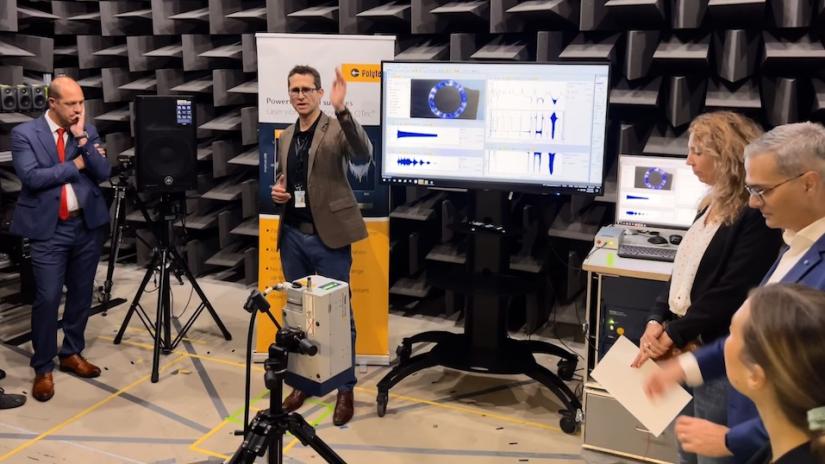
Robert noted that UTS has enjoyed success in terms of its performance in the Space and Defence sectors, with stellar performers in certain areas consistently brining in large amounts of funding from well-known groups. However, that success is narrow in terms of university-wide participation. Generally, UTS does not have broad participation in these sectors from academics across the university.
“Our approach and thinking now is: we have problems with getting depth of participation. Depth is something we need, and we have an issue with breadth. If we address the breadth part problem, we think that's going to give us a solution to the depth problem as well.”
The first question that anyone should ask themselves when approaching a strategic problem is: what is stopping us now? Why can't we do that? That gets you at the essence of the strategic challenge that you need to overcome.
“We're not going to change governments. We're not going to change policies, but what we can do is look at the different ways that we can engage deeply that go beyond the traditional research funding,” Robert said.
UTS showcases space research at the International Astronautical Congress 2025
The International Astronautical Congress (IAC) was held in Sydney from 29 September to 3 October, marking the largest and most prestigious global event in the space sector and an opportunity for UTS to demonstrate its research strengths. Bringing together over 8,000 leaders from government, industry and academia, this year’s IAC set a new attendance record. It was the third time the event has been hosted in Australia and the first time in Sydney.
UTS proudly showcased its growing strength in space research, with twelve presentations delivered by UTS researchers and a dedicated special session organised by UTS academics.
The Global Big Data Technologies Centre also featured prominently, exhibiting its cutting-edge technologies. UTS further supported two early-career researchers working in space-related areas to attend the Congress, strengthening its commitment to developing the next generation of talent.
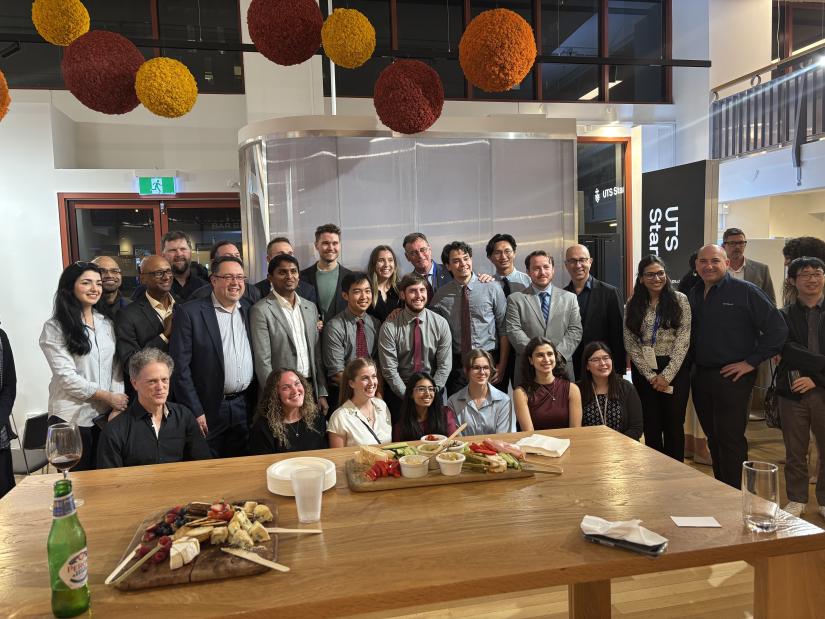
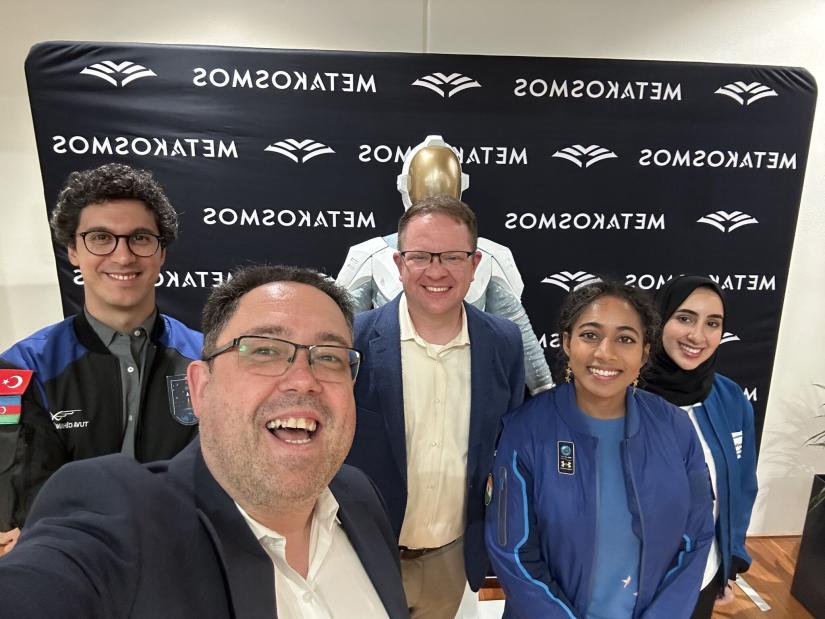
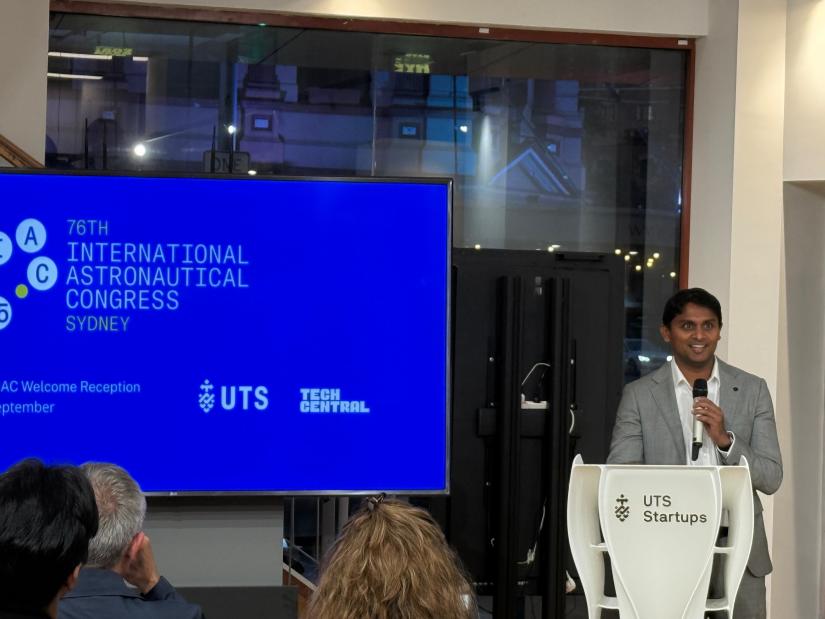
Beyond the Congress itself, UTS maximised the week’s opportunities through a series of adjacent events and engagements, bringing to life our campus and neighbourhood that surrounds us. These included the UTS IAC Opening Night, delegation visits, the ASA Astronaut visit, IAC Tech Tours at UTS Tech Lab and other facilities and the Space Maitri reception with collaborators.
“Overall, it was an exceptional week for UTS - one that significantly enhanced visibility for our research, demonstrated the breadth of our space-related capabilities and showcased our world leading facilities. We look forward to building on this momentum, attracting new collaborations, and inspiring more academics to engage in space research,” said Dush.
Cross disciplinary opportunities
While most people may think of rockets and people in uniform when they think of Space and Defence, Robert regards this as a very narrow view.
“Space and Defence span all academic disciplines across the university. For example, the Apollo 11 Space Mission had 500,000 people working on it, but they weren’t all building rockets.”
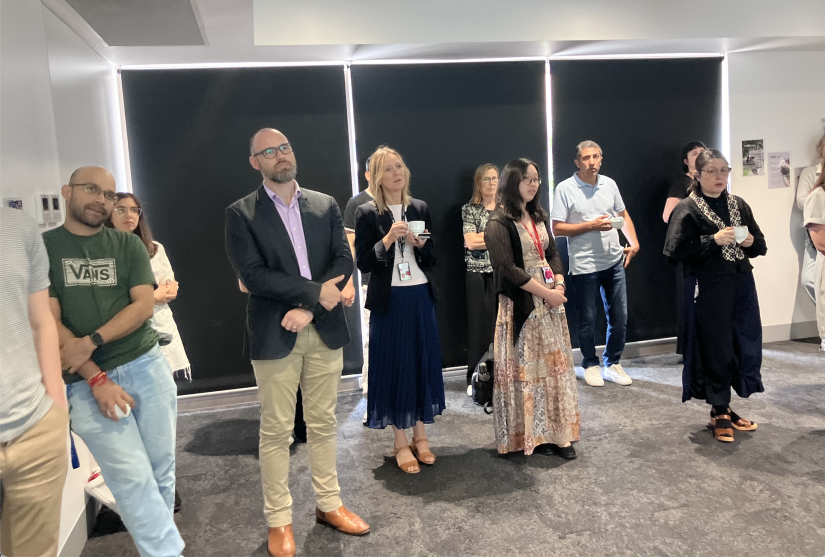
Robert discussed the potential for UTS researchers if they engage in a deep way across disciplines in different ways.
“This is where we need your help,” Robert said. “As we start to think about how to build this community, our strategy is based on breadth participation, so engaging with people across the university is a critical part of that.”
As we start to think about how to build this community, our strategy is based on breadth participation, so engaging with people across the university is a critical part of that.
While the team has taken an analytical view of UTS capabilities and mapped them to projected demand-based on projected needs in terms of basic Space and Defence areas, there are many different priorities to consider.
Robert said that it’s not just about academic leaders but about building a student base of both undergraduate and PhD students and building industry connections.
“All these stakeholder groups need to form this community so we can be self-sufficient and start building a funding plan.”
Identifying yourself in Space and Defence
As a first analytical and critical self-reflection step in the process, Thomas put a large volume of public strategy documents from government into AI to distil information in a way that allows us to map all the needs that UTS can potentially address.
“You may think at first that your research field is touching neither Space nor Defence,” he said. “But I can assure you, it is!”
By way of example, Thomas shared that UTS was approached by Business France Australia, an investment group that thought was interested in using technology developed by UTS researchers growing sustainable fungal building material to build heat shields for capsules that come down to Earth from orbit.
“That work is being done by researchers in our Faculty of Design and Society. The beauty of Space and Defence sectors is that they have such a far reach. This means that what we do in Design could potentially become something that we can commercialise that goes off into orbit.”
Thomas pointed out another important reason why everyone is affected by Defence: we all have a mobile phone that faces daily cybersecurity threats.
“At UTS, we have so many capabilities that make us really strong partners. We’ll eventually reach out for help and insight,” Thomas said. “Currently we are a group of three co-leads and we’re not here to come up with the Space and Defence strategy alone. We need to do that as a collective.”
Currently we are a group of three co-leads and we’re not here to come up with the Space and Defence strategy alone. We need to do that as a collective.
“There are a lot of opportunities in monitoring in the areas of agriculture and climate change, and potential to be working on vessel tracking and watching things from space,” said Dush, adding that so many areas you may think are not about space - but they are.
“In fact, you can link any sector to space. Space is what binds it all together in the end. This is a great opportunity. If you are keen to get involved, please reach out to us.”
What’s next?
- Look out for updates and opportunities to participate in future workshops from the Deep Sector Engagement Space and Defence team on the RES Hub website.
- Reach out to the team to see how you can get involved by email.